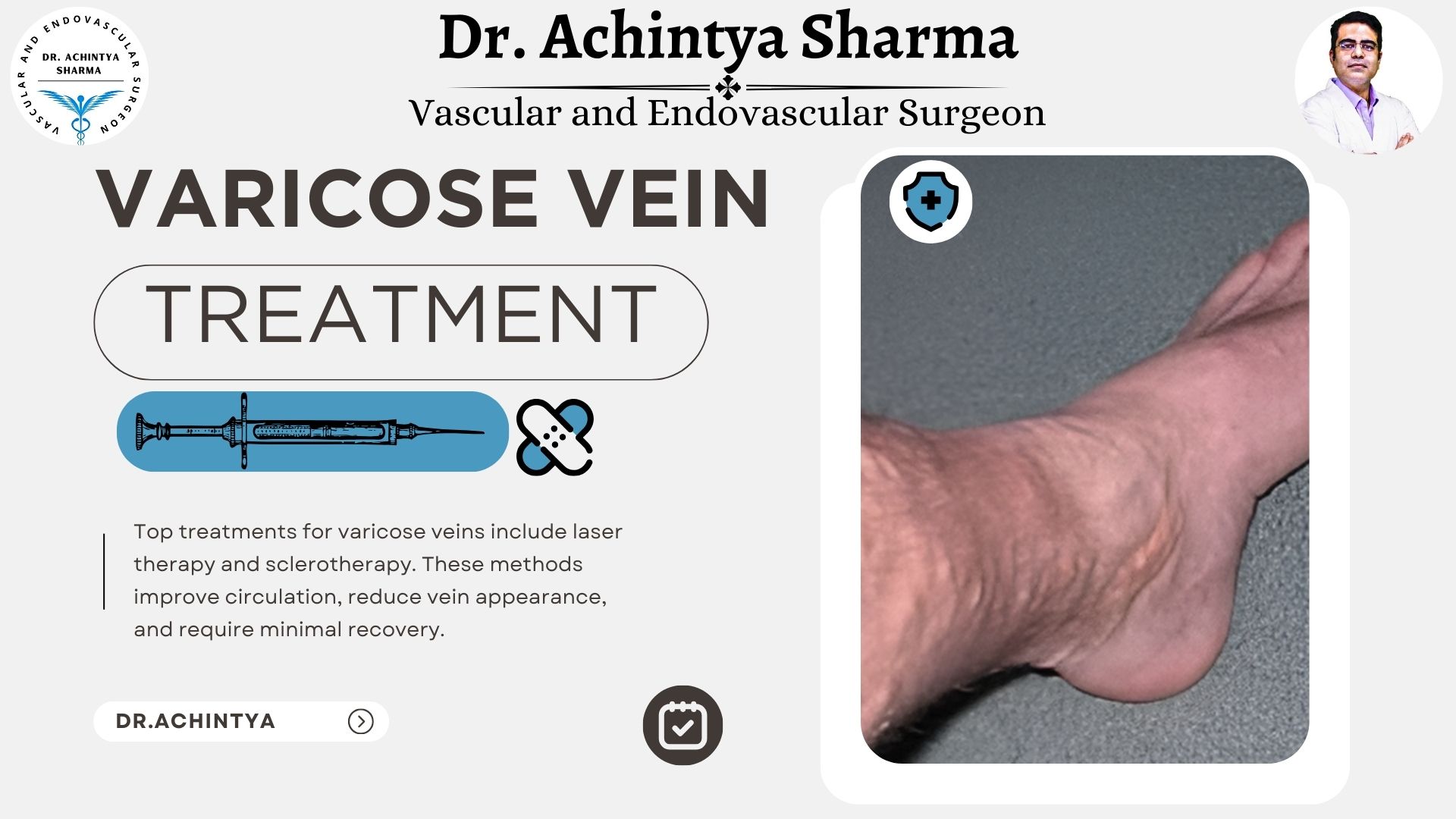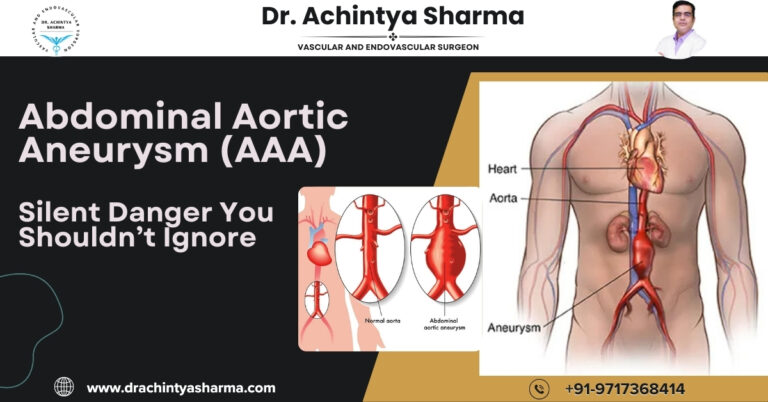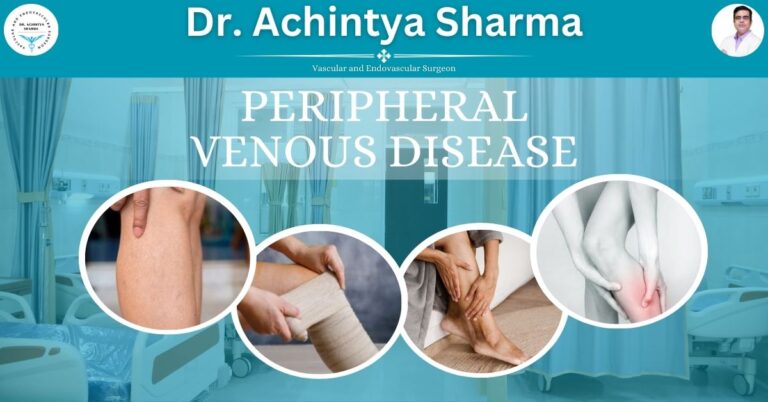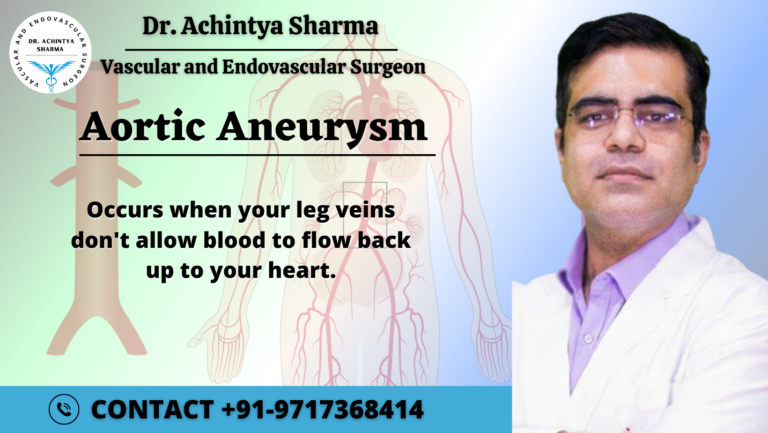BestVaricose veins affect millions of people worldwide, often causing discomfort, swelling, and sometimes pain. Finding the best treatment for varicose veins can relieve symptoms, improve appearance, and prevent complications. In this guide, we’ll explore the most effective treatments available today to help you choose the treatment for varicose veins.
Understanding Varicose Veins
Varicose veins are swollen, twisted veins that usually appear blue or dark purple and are most common in the legs. They develop when the valves in the veins don’t function properly, allowing blood to pool rather than flow to the heart. Causes of varicose veins include genetics, obesity, pregnancy, and extended periods of standing or sitting. If you already have varicose veins, the focus should be on finding the best treatment for varicose veins for your condition.
Symptoms of Varicose Veins
Before choosing the best treatment for varicose veins, it’s important to recognize common symptoms, such as:
- Heavy or aching legs
- Swelling in the lower legs
- Burning or itching near the veins
- Muscle cramps, especially at night
- Skin discoloration or ulcers near the ankles in advanced cases
Consulting a healthcare provider can help confirm if these symptoms are due to varicose veins and which treatment may suit you best.
Non-Invasive Treatments
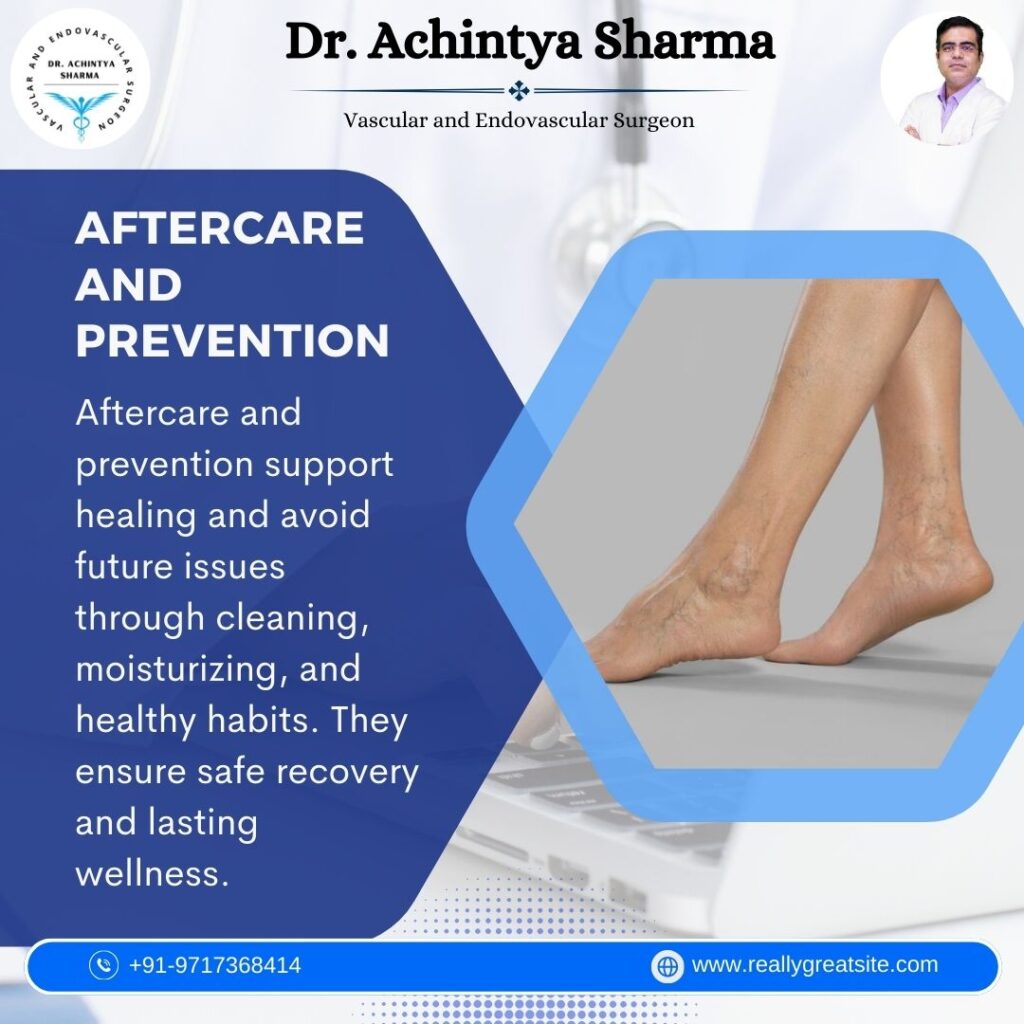
Non-invasive treatments are ideal for mild cases and can help manage symptoms effectively. Although these may not eliminate varicose veins, they can be part of the best treatment for varicose veins for those looking to avoid procedures.
1. Compression Stockings
Compression stockings are often recommended for managing varicose veins. These stockings apply gentle pressure on the legs to enhance blood flow and reduce swelling. While they won’t remove varicose veins, they can effectively relieve symptoms. Consult your doctor for the right compression level to complement the varicose veins.
2. Exercise and Lifestyle Adjustments
Low-impact exercises like walking, cycling, and swimming can improve leg circulation and help alleviate symptoms. A healthy lifestyle, including weight management and avoiding prolonged standing or sitting, also supports vein health. These changes may be a part of the best treatment for varicose veins for mild cases.
Minimally Invasive Treatments
For moderate to severe varicose veins, minimally invasive treatments can be the best treatment for varicose veins. These procedures usually require minimal downtime and offer highly effective results.
3. Sclerotherapy
Sclerotherapy is an injectable treatment that can shrink varicose veins over time. A solution is injected into the vein, causing it to collapse and eventually be absorbed by the body. Many consider sclerotherapy the best treatment for varicose veins, especially for medium-sized veins.
4. Laser Treatment
Laser treatment, or endovenous laser therapy (EVLT), uses heat to seal off varicose veins, causing them to fade. This minimally invasive procedure requires only local anesthesia and can be the best treatment for varicose veins for those who want quick recovery.
5. Radiofrequency Ablation
Similar to laser treatment, radiofrequency ablation uses energy to close off varicose veins. A catheter is inserted, and radiofrequency energy heats and collapses the vein. Many patients regard this as the best treatment for varicose veins, particularly for larger veins, as it’s quick with minimal discomfort.
6. Vein Stripping and Ligation
Vein stripping and ligation is a surgical treatment used in severe cases. Though more invasive than other options, it is effective. This procedure is typically reserved for advanced cases and is not commonly part of the best treatment for varicose veins for most people.
Choosing the Best Treatment for Varicose Veins
Finding the best treatment for varicose veins depends on your symptoms, lifestyle, and desired results. Here’s how to make the best choice:
- Symptom Severity: Non-invasive treatments may work for mild symptoms, while moderate to severe symptoms often require minimally invasive treatments.
- Expected Outcome: If you want long-lasting results, sclerotherapy, laser, and radiofrequency ablation are often considered the best treatments for varicose veins.
- Recovery Time: Minimally invasive procedures generally have short recovery times, making them ideal if you have a busy schedule.
- Specialist Consultation: Consulting a specialist will help you understand your unique condition and recommend the best treatment for varicose veins.
Aftercare and Prevention
Once you’ve undergone the treatment for varicose veins, following aftercare instructions is crucial to maintain results. Some useful tips include:
- Wearing Compression Stockings: These help reduce swelling and improve blood flow.
- Regular Exercise: Low-impact activities promote circulation and prevent future issues.
- Elevating Your Legs: Elevating your legs can reduce pressure on the veins, helping prevent future varicose veins.
Conclusion
Finding the best treatment for varicose veins can improve your comfort, appearance, and quality of life. From compression stockings and lifestyle changes to advanced options like sclerotherapy and laser treatments, there are effective solutions for almost every case. Consulting with a vascular specialist will ensure you receive the most appropriate treatment for your needs. Choosing the best treatment for varicose veins will support your body condation.

